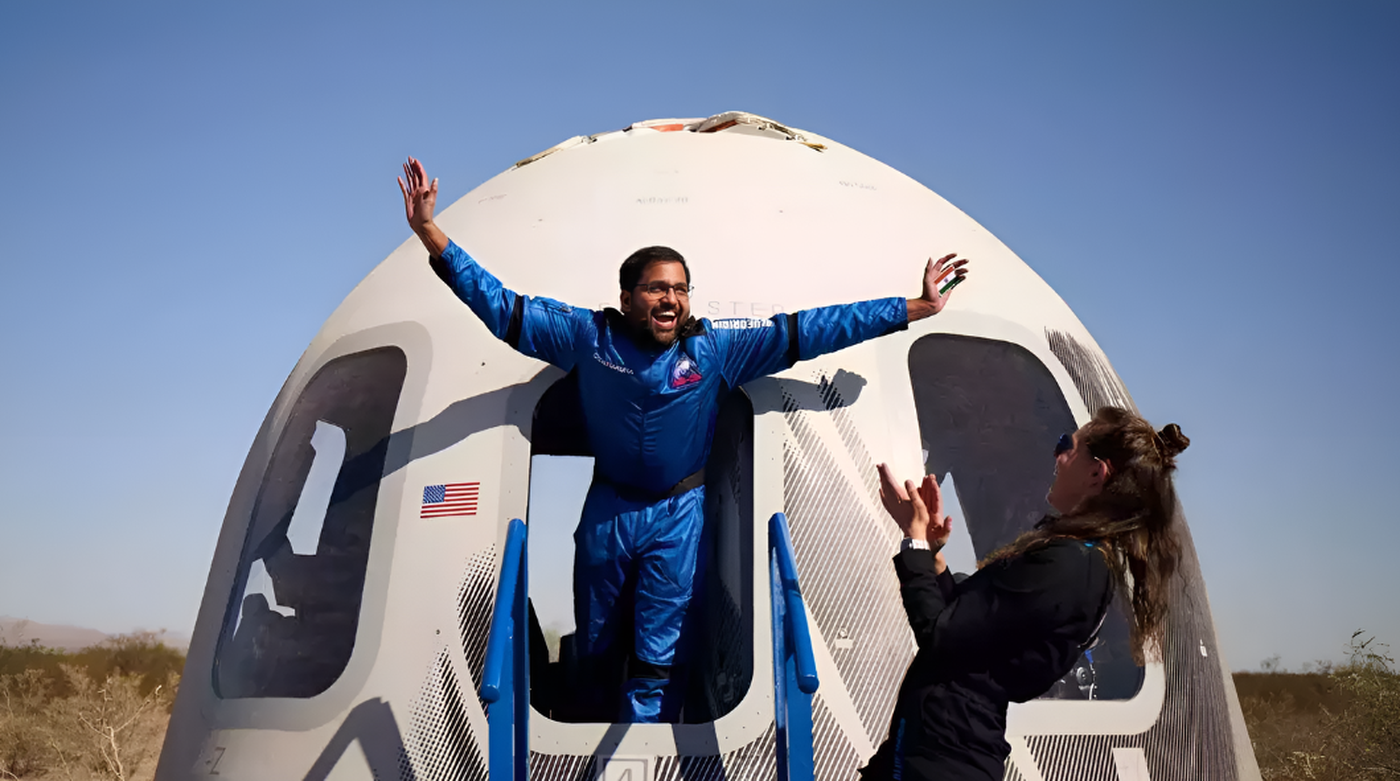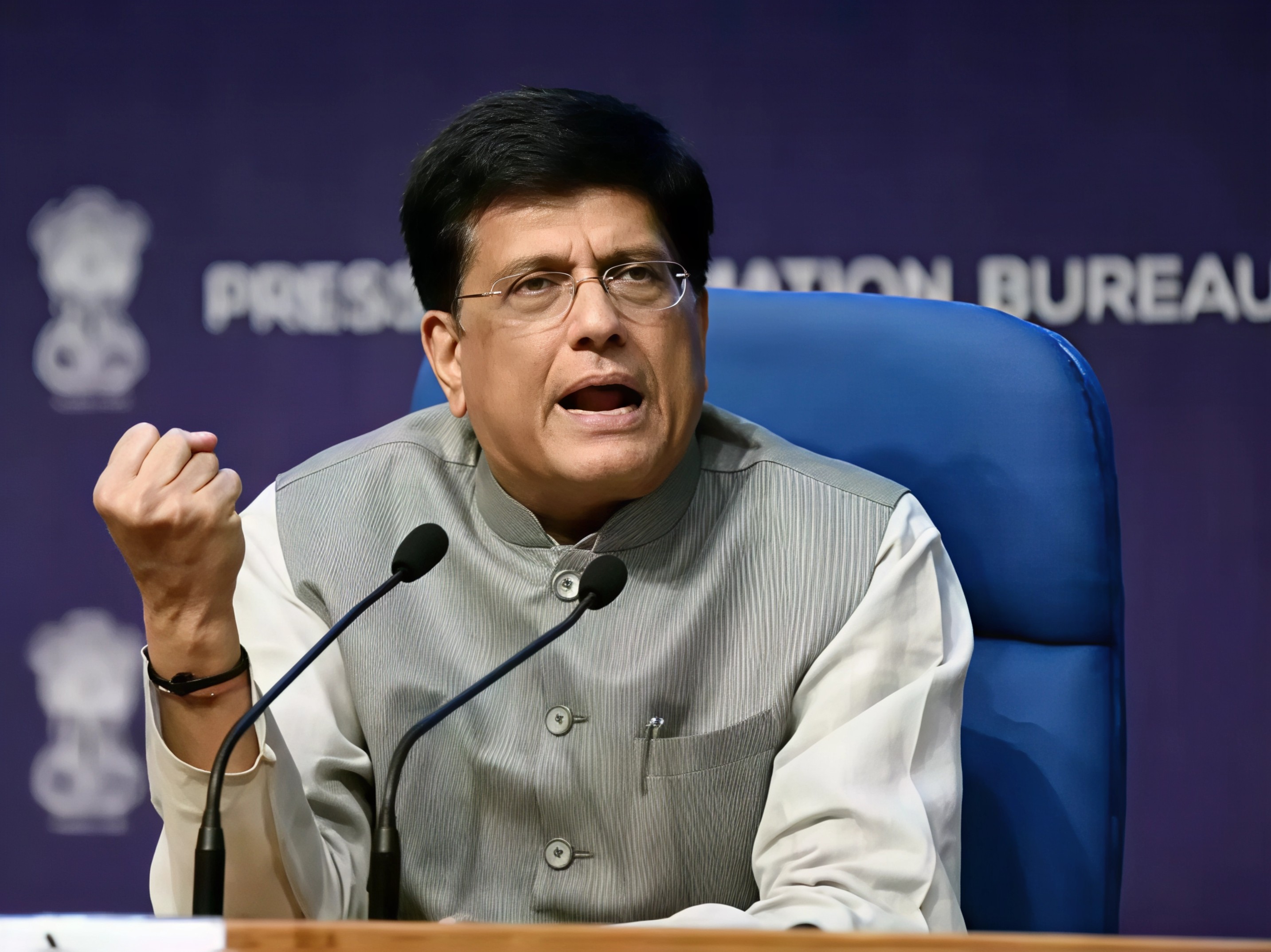Gopi Thotakura, an aviator from India, made history as the first Indian space tourist. He travelled with Blue Origin, a private space company. This brief journey, lasting only ten minutes, saw the spacecraft reach about 105 km from Earth. During this time, passengers experienced weightlessness and viewed Earth from space.

The Journey
The trip, which happened on May 19, included five other tourists. The spacecraft took off, crossed the Karman line (the boundary between Earth's atmosphere and space), and returned. This type of flight is known as a sub-orbital flight since it doesn’t orbit the Earth but simply crosses the boundary of space and comes back down.
Forever changed. #NS25 pic.twitter.com/g0uXLabDe9
— Blue Origin (@blueorigin) May 19, 2024
Sub-Orbital Flights vs. Longer Journeys
Sub-orbital flights, like Thotakura's, are short and don't require the spacecraft to orbit Earth. Passengers get a taste of space, experiencing weightlessness and stunning views of Earth. These flights usually last a few minutes beyond the Karman line.
Longer Journeys
There are longer space journeys available. For instance, some tourists have spent days orbiting Earth or even visited the International Space Station (ISS), which orbits about 400 km above Earth. The first space tourist, Dennis Tito, spent over a week on the ISS in 2001.

Private Space Tourism
Private companies like Virgin Galactic, Blue Origin, and SpaceX have revolutionized space tourism. In 2021, both Virgin Galactic and Blue Origin launched their first manned missions. These missions were short, sub-orbital flights, offering passengers a brief but thrilling experience.
SpaceX's Ambitions
SpaceX has ambitious plans for space tourism. In 2021, it launched a mission that orbited Earth for three days. SpaceX also aims to offer trips around the Moon and even to Mars in the future.
Training and Costs
Travelers on sub-orbital flights undergo minimal training, which is included in the ticket price. However, those aiming for longer missions, like trips to the ISS, require more extensive training, similar to professional astronauts.
Cost of Space Travel
Space tourism is currently very expensive. A seat on a Virgin Galactic flight costs about $450,000. Journeys to the ISS can cost between 20 to 25 million dollars. Trips around the Moon or to Mars could be even pricier, estimated between 70 to 100 million dollars.
Alternative High-Altitude Experiences
For those unable to afford space travel, high-altitude balloon rides offer a cheaper alternative. These balloons reach about 30 km above Earth, far higher than commercial planes, allowing passengers to see the Earth's curvature. These rides cost around $50,000 and last 6 to 12 hours, though they don't provide the weightlessness of space.








